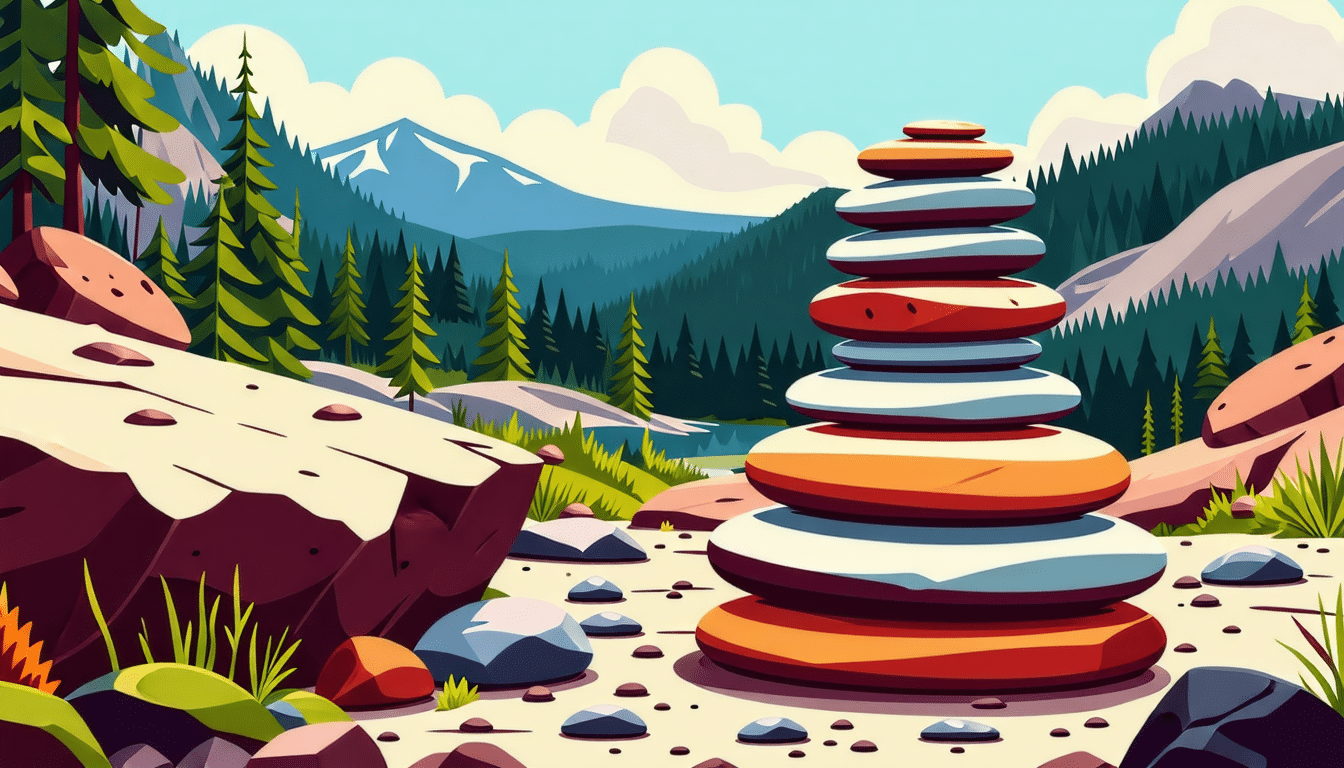In the privacy of the winding paths of national parks, an age-old art sows discord: the stacking of stones. Once a harmless practice, this ancestral tradition is today banned in many protected sites, judged to be a threat to the fragile balance of nature. Let’s dive into the issues surrounding a practice that was once admired and now criticized.
Imagine yourself hiking in a National Park, surrounded by breathtaking nature. You are walking peacefully when suddenly a pile of stones catches your eye. These small towers of stones, called cairns, are often erected by visitors looking to add their own personal touch to this magnificent landscape. However, this activity is now prohibited and for good reasons.
Dangers for hikers
The National Park Service has found that unofficial cairns can cause confusion and endanger hikers. The authentic stone stacks, maintained by rangers, are used to guide visitors on the trails and prevent accidents. However, individuals who create their own cairns can mislead others, potentially leading them off trails and into dangerous areas.
In parks likeAcadia National Park, it has been reported that some visitors knock down official cairns to build their own, making it difficult for hikers to follow the marked paths. On more perilous routes, getting lost can mean becoming exhausted and running out of supplies, compromising the adventurers’ safety.
Environmental impact
Stacking stones can also disrupt the natural environment. Moved rocks can expose the soil toerosion by wind and water. Additionally, many creatures use the spaces beneath rocks for protection and prosperity. By moving these stones, hikers unintentionally disrupt these habitats.
According to a post from Zion National Park, although visitors may not view the construction of cairns as an act of vandalism, moving the stones can result in damage to natural resources. The park therefore encourages its visitors to follow the principle of Leave No Trace, which stipulates not leaving anything behind and not moving anything.
A worrying trend
With the rise of social networks, stone stacking has become a viral trend. Photos of cairns crowd the platforms, inspiring other visitors to do the same. This phenomenon significantly increases the quantity of rocks moved, which can have harmful cumulative effects on the park’s ecosystem.
How to preserve our national parks
To preserve the beauty and integrity of our national parks, it is essential to follow a few simple rules:
- Do not move or stack stones.
- Follow the marked trails and respect the official cairns.
- Avoid taking natural souvenirs from the park.
- Place your waste in the bins provided for this purpose.
By following these instructions, we help preserve these magnificent spaces for future generations. The next time you visit a national park, remember to leave nature as you found it and enjoy its beauty without disturbing it.









